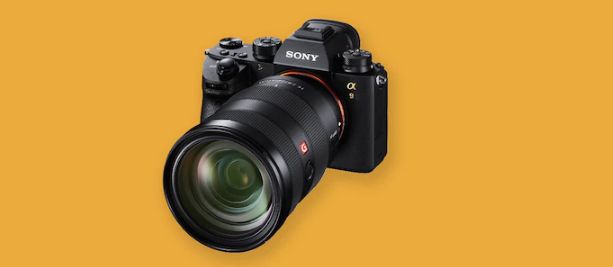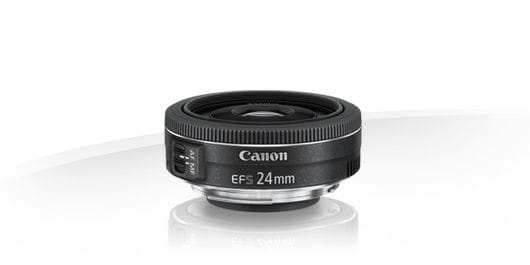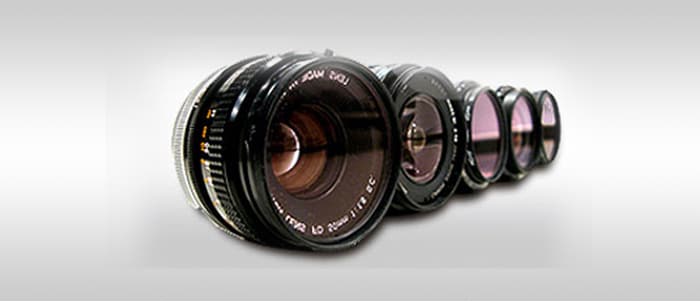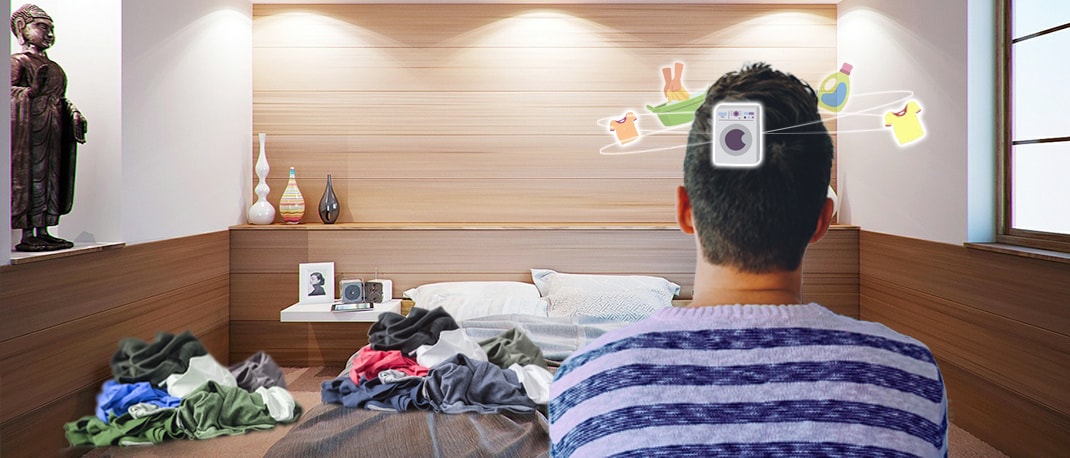One of the best things about professional cameras is that they can take photographs of breathtaking beauty, something that is hard to achieve with point and shoots. It’s the camera lenses that are largely responsible for this difference. In cases of professional cameras, they give the photographers the freedom to changes lenses; different lenses for different scenes. The option to switch lenses gives the photographer the freedom to choose, clicking pictures, the way they were envisioned.
With the advent of new technology, lenses have also undergone a makeover. From being bulky pieces of glass that brought objects into focus, lenses have evolved into light-weight objects that are pushing the frontiers of digital photography. Let’s take a look.
Mirrorless lenses

A new technology called mirrorless lenses allows you to take professional quality photos using a camera that has a much smaller footprint than a bulky DSLR. This new technology does away with space-consuming mirrors and prisms and shrinks the DSLR down to petite proportions. Mirrorless lenses conform to a standard known as Micro Four-Thirds (or MFT, for short). Developed by Panasonic and Olympus, MFT shares some of its specifications with the Four Thirds standard used in DSLRs. If you’re wondering why standards are needed in the first place, the answer is quite simple. Really good cameras (the ones that allow you to mess around with aperture settings, f-stops, and the like to your heart’s content) are composed of two basic parts – the camera and the lens.
The MFT standard allows for interchangeable lenses; users can own multiple camera bodies but have only one lens of any type to be used among them. So, if you’ve got a Sigma Prime lens, you can use it on your Kodak as well as your Olympus camera body. Cameras which use mirrorless lenses are also called EVIL cameras (Electronic Viewfinder with Interchangeable Lens). Since the mirrorbox assembly is done away with, the camera makes use of the rear LCD to display the subject that the lens is focusing on.
Pancake lenses

Pancake lenses are called so because they are flat and, when attached to a mirrorless DSLR, don’t add much to its weight or size. However, because there’s only one focal length, the photographer has to move either towards or away from the subjects – no zoom is possible on this baby. While it’s commonly called a pancake lens, professionals call such lenses “prime” (as in primary, leading, or major) because of their fixed focus lengths. On the other hand, with a pancake lens, you can slide your mirrorless DSLR into your pocket. An interesting fact: pancake lenses aren’t new; the oldest instance of a pancake lens can be seen in the early 20th century – circa 1900s. With the advent of mirrorless cameras, interest in these compact lenses is growing.
Panomorph lenses
Panomorph lenses are special lenses used for security and surveillance. A camera equipped with one of these lenses can have a 360 degree view of a particular area! As you can imagine, the most important things for the Panomorph lens to function well is the location of the camera and its resolution. If the camera isn’t mounted correctly, you can’t take full advantage of the 360 degree function. Also, if the camera sensor cannot capture enough detail, then zooming in on the 360 degree view is going to end up in one very pixilated image. Therefore, the camera on which this lens is mounted needs to have an insanely high resolution. In contrast, a fisheye lens has to have more than six times the number of pixels on its sensor to be able to approach the resolution required for the surveillance video or stills to be useful.
3D lenses
There are several brands available in the market today but Loreo’s 3D Lens seems to stand out from the rest. This weird-looking stereoscopic device docks on standard DSLRs through the lens mount. The Loreo 3D lens is basically a 40 mm lens which is housed in a composite polymer chassis that can resist impact shocks. It features a special diaphragm that allows for varying degrees of brightness and clarity. Once the 3D photos have been taken, they can be converted to the requisite 3D or 2D format.
Plenoptic lenses
Light-field cameras (or plenoptic cameras) are at the cutting edge of photography. This type of camera uses an arrangement of plenoptic microlenses situated on the image sensor and can capture quite a bit of information about the scene. Each microlens in the array captures some amount of light from a certain perspective. The manufacturer – Lytro – claims that the microlens array can “see” about 11 million rays of light at a time. When combined, the final image can be manipulated to give fantastic 3D views!
Normal digital cameras need lenses like Loreo’s 3D lens (described above) to photograph slightly different perspectives of a subject because the sensor can capture only the brightness and color of the light reflecting from the subject on to the sensor. But Lytro’s plenoptic lenses are a different ball game altogether – they capture the intensity of the color of the light as well as the direction that light is moving in when it strikes a microlens in the array. The Lytro plenoptic microlens creates a three dimensional light-field image using this information – the image can then be manipulated in various ways through the appropriate software. Capturing this much information has another advantage – the images can be re-focused through software AFTER the image has been shot.



